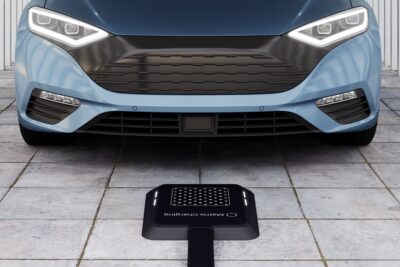Audi reintroduces standardised model designations
Audi is undergoing change – again. In 2023, the now deposed CEO Markus Duesmann announced a new nomenclature. “In the future, it will be like this: The odd numbers will be the combustion engines, and the even numbers will stand for the battery-electric vehicles,” Duesmann said in an interview. “The successor to today’s A4 will be called the A5, and today’s A6 will be called the A7. The A4 and A6 will then be electric.”
While Audi did not have to change anything in the Q4 e-tron and Q8 e-tron electric models available at the time, as well as the Q6 e-tron and A6 e-tron that followed later, the next generation of the A4 model series with a combustion engine was launched on the market last year as the A5. However, the A5 will remain the only model to be named according to Duesmann’s scheme: On 3 February 2025, Audi scrapped the scheme and announced a “differentiation according to size and positioning independent of powertrain type.”
“This decision is the result of intensive discussions and also follows the wishes of our customers as well as feedback from our international dealers,” says Marco Schubert, Member of the Board of Management for Sales and Marketing at AUDI AG. “Our nomenclature now provides all customers worldwide with an intuitive orientation in our portfolio. We choose the names of our models in a way that reveals size and positioning at first glance.”
In other words: Audi is listening to customers who did not want the deviation from traditional naming. While the differentiation based on the model numbers could have done away with the e-tron suffix, it is now likely to continue to be used: “The necessary differentiation between models and variants in the portfolio is done using the body style (e.g. Avant, Sedan, or Sportback) and the – already established – powertrain code (e.g. e-tron, TFSI e, TFSI, or TDI),” Audi explains.
The remaining logic of the nomenclature remains the same: the letter A in the model name continues to stand for the flat-bottom vehicles, the Q for the high-floor vehicles – i.e. SUVs. “The numbers – currently from one to eight – enable a clear classification independent of the type of powertrain,” says Audi. “Thanks to the orientation according to size and positioning, all-electric models can share the same combination of letters and numbers with combustion-engine vehicles.”
While the A6 e-tron still had to bear the suffix e-tron at its premiere due to the combustion model, this could have been dropped with the upcoming model change for the combustion model – after all, the new combustion model would have been launched on the market as the A7. However, this will now be the first model to be presented under the new-old nomenclature: The world premiere of the new A6 with combustion engine is on 4 March. “Thanks to the powertrain code, the A6 Avant TFSI for example, will be clearly differentiated from the all-electric A6 Avant e-tron,” explains Audi.
And if some are hoping that the A5 will become an A4 again after all, Audi has to disappoint: “No retroactive name changes are planned concerning models already on sale.”





0 Comments